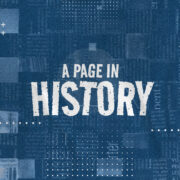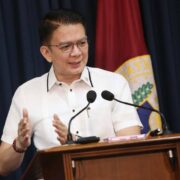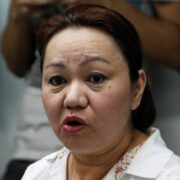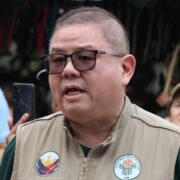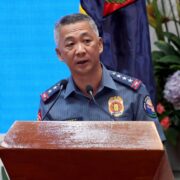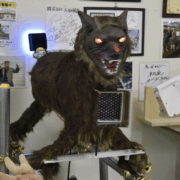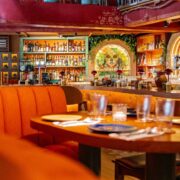Transforming FEU into a cultural haven

At a time when much of Manila’s cultural energy has shifted to galleries in Makati or shows in Quezon City and Pasay, the Far Eastern University’s (FEU) Center for the Arts (CFA) has quietly turned a corner of the old University Belt into a hub for creative expression. For nearly two decades, Martin Lopez has been at its helm.
Since taking over in 2007, CFA’s senior director has done more than oversee performances; he has shaped lives. Under his leadership, the center has awarded about 5,000 scholarships—200 to 300 annually—to student artists who graduate not only with degrees, but with a lasting relationship with the arts.
At FEU, artistic exposure is built into campus life. Students, whether performers or audience members, engage with the arts as a vital part of their education.
Lopez’s life in the arts began at Connecticut College, where he led the Asian American student group and used the platform to spotlight Filipino culture. He brought in performers such as soprano Evelyn Mandac, the first Filipina to sing at the Metropolitan Opera, and curated Asian Awareness Month with a mix of Filipino and other Asian artists. He took classmates to New York to watch the opera and to introduce them to Filipino restaurants—acts of cultural sharing that aimed to reshape perceptions.
His final project in the US—a Connecticut screening of Marilou Diaz-Abaya’s “Jose Rizal”—ended in financial loss after his business partner disappeared, leaving him to absorb the costs. But Lopez still considers it a success. A Filipina American attendee, once disinterested in her roots, booked a trip to the Philippines two weeks later. “That,” said Lopez, “made everything worth it.”
Chance meeting
In 2000, Lopez returned to Manila to care for his grandmother. He soon launched Sinagtala Arts Management Philippines, a company that promoted Filipino talent in classical, choral, and ethnic music. When his uncle, Oscar M. Lopez, then chair of the Lopez Group, saw his long arts resume, it was the brief call center stint in Connecticut that caught his attention.
“Perfect,” Oscar said. “I’m building one here.”
Lopez joined the Customer Contact Center, a job that funded Sinagtala’s seasons and connected him more deeply with Manila’s arts circles. He later served as president of the Friends for Cultural Concerns of the Philippines and joined the Cultural Center of the Philippines (CCP) board.
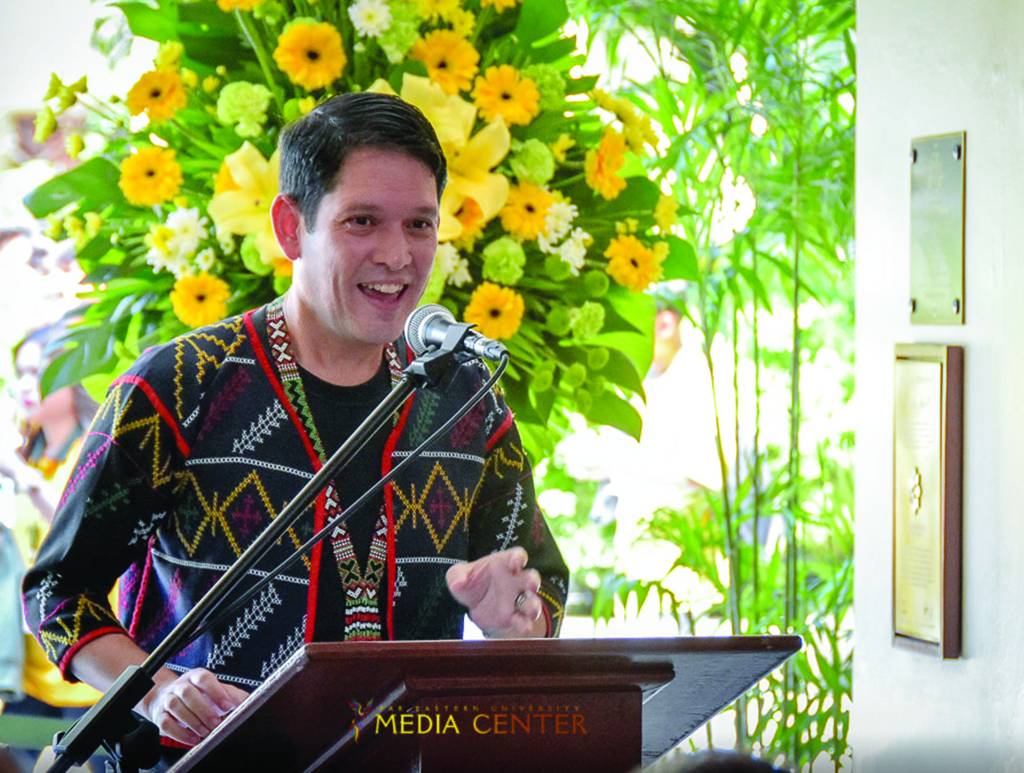
His FEU appointment came in 2007, after a chance meeting with a Xavier schoolmate at the CCP. His call led to a meeting with then-university president Lydia Echauz. At the time, the arts unit was called the President’s Committee on Culture, a group of deans reporting to the president. During the pandemic, Lopez helped reorganize it into the Center for the Arts, now under Corporate Affairs—an independent unit that supports both cultural and branding efforts.
Lopez began when attendance at campus performances was mandatory. Today, it requires persuasion. “We have to be creative,” he says. His team visits classrooms, crafts social media campaigns, and curates accessible, compelling productions.
After the pandemic, 800 students voluntarily attended a kundiman concert. “They screamed like they were at a rock concert,” Lopez says.
The CFA has helped students discover that opera, orchestras, and folk forms such as the kundiman aren’t just historical relics but vibrant, living traditions. Theater, especially, has flourished. Alumni such as Kat Galang and Yesh Burce have built acting careers, while others found jobs at Hong Kong Disneyland. One group, BoxStage, formed by alumni, writes, performs, markets, and produces its own shows—often to sold-out crowds.
Doing something right
A turning point came when Lopez tapped Edward “Dudz” Teraña from Philippine Educational Theater Association to lead the FEU Theater Guild 15 years ago. Then just a club, the guild was integrated into the arts program and given scholarships. It has since become the university’s most dynamic arts unit, drawing standing-room-only audiences and fostering a new generation of artists.
Lopez is at FEU almost daily. What started with two campuses has grown to 14, including one in Brunei. The arts program is still based in Manila, with some engagement from a satellite engineering campus nearby. His goal is to expand scholarships and programming across the university system.
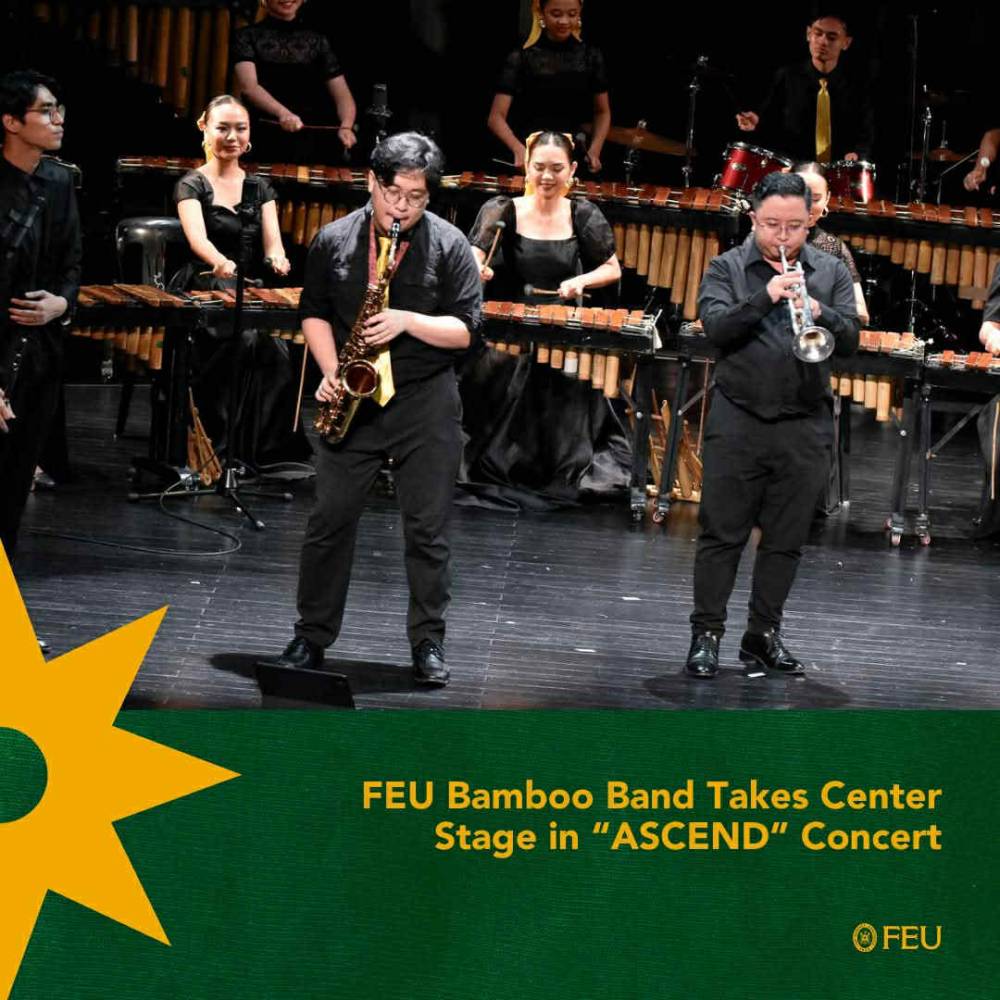
“I have a passion for the arts, and I want to share that with our community—and beyond,” Lopez says. “The arts are not optional. We can’t live without them.”
It’s not just about culture, he explains, but transformation: Students who once knew little of classical or indigenous forms now perform onstage, some funding their education through scholarships tied to their artistic talent. Many are first-generation college students.
“When we help one student,” he says, “we uplift a family—and by extension, a community.”
For Lopez, art is both personal and civic. Productions staged under his watch aren’t just showcases; they’re instruments for social change. Through theater, music, and dance, students explore national identity and social themes.
“We’re shaping taste,” he says. “And hopefully, instilling pride.”
A recent two-part dance concert exemplified that ambition. The first act featured folk dances, some of them rare; the second honored FEU’s unsung community—custodians, guards, and vendors—through dance. Choreography was led by FEU’s artistic director for dance, Michael Barry Che, alongside a high school dance teacher and alumni from the 1990s and 2000s. The audience stayed for the full two-and-a-half hours.
“That’s when you know you’re doing something right,” Lopez says.

